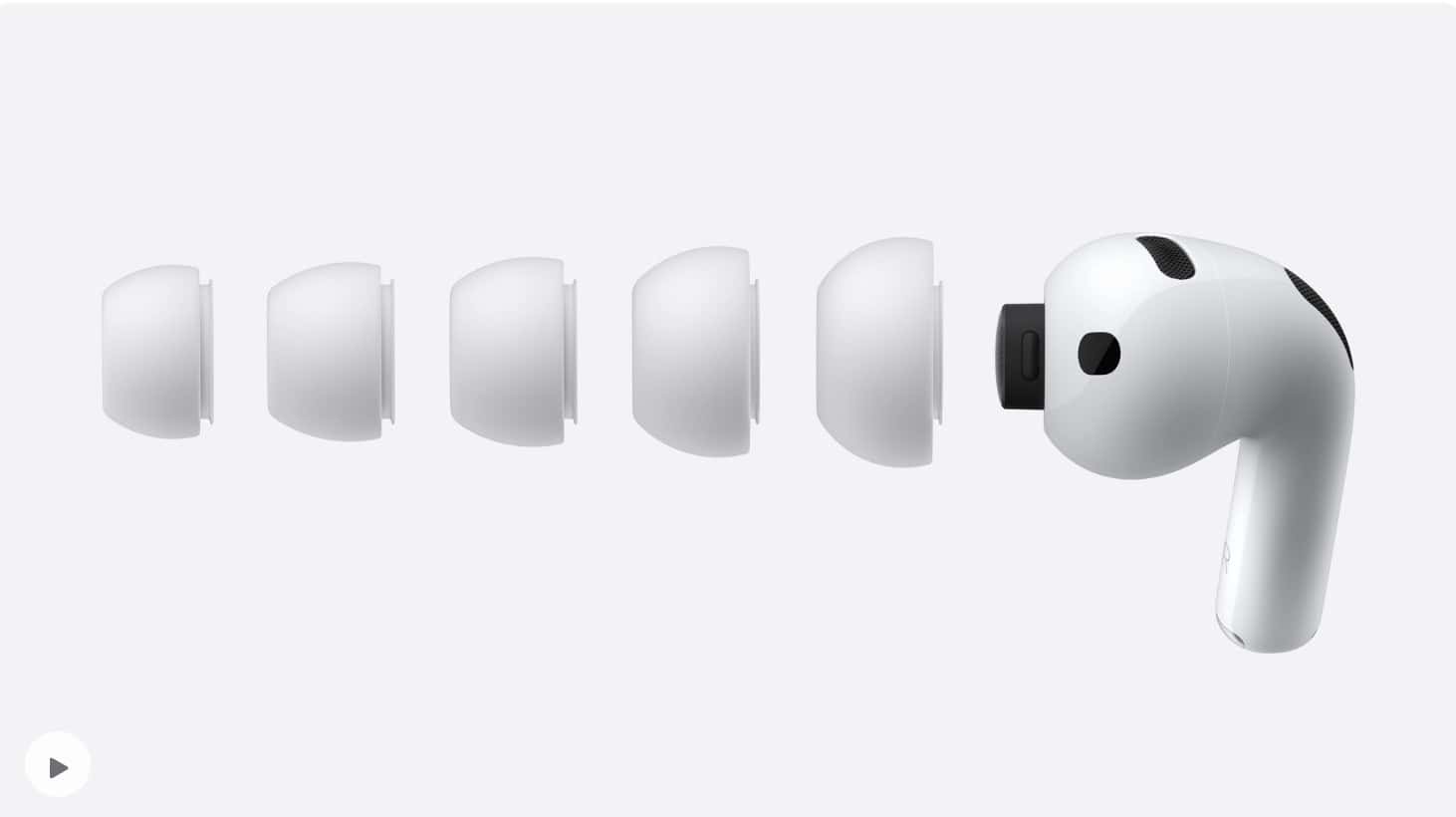

**Apple’s Live Translation Capability for AirPods Poised to Debut in the EU**
Following delays linked to regulatory ambiguities regarding the Digital Market Act, Apple has officially revealed that its groundbreaking Live Translation capability for AirPods Pro and AirPods 4 featuring Active Noise Cancellation will be accessible in the European Union starting next month.
### Prerequisites for Live Translation
To leverage the Live Translation capability, users must have compatible AirPods synced with an iPhone that supports Apple Intelligence, specifically the iPhone 15 Pro or later models. This feature is anticipated to be part of the upcoming iOS 26.2 update, which has recently been rolled out to developer beta channels.
### Language Support
Live Translation will encompass several commonly spoken foreign languages, including:
– French
– German
– Portuguese
– Spanish
– Italian
– Japanese
– Korean
– Chinese
### Functionality
Live Translation is a free software enhancement for compatible devices in eligible areas. Users will be notified of access to this feature when a new ‘Live’ tab emerges in the Translate app on their connected iPhone.
When utilizing AirPods, users can partake in discussions with speakers of different languages and perceive the translated dialogue directly in their ears. Furthermore, the iPhone’s Translate app will generate a transcript of the discussion, enabling users to reply in English while the other person can view the translated text on the display.
### Initiation and Efficiency
The Live Translation mode can be activated by pressing both AirPods at once or by starting a conversation via the Translate app on the connected iPhone.
While the idea of Live Translation is encouraging, users might notice a minor lag between the spoken words and the translated output. Although it might not be as fluid as one would hope, it serves as a valuable tool for communication in multilingual environments. Soon, EU residents will have the chance to benefit from this feature, enriching their conversational experiences across linguistic boundaries.